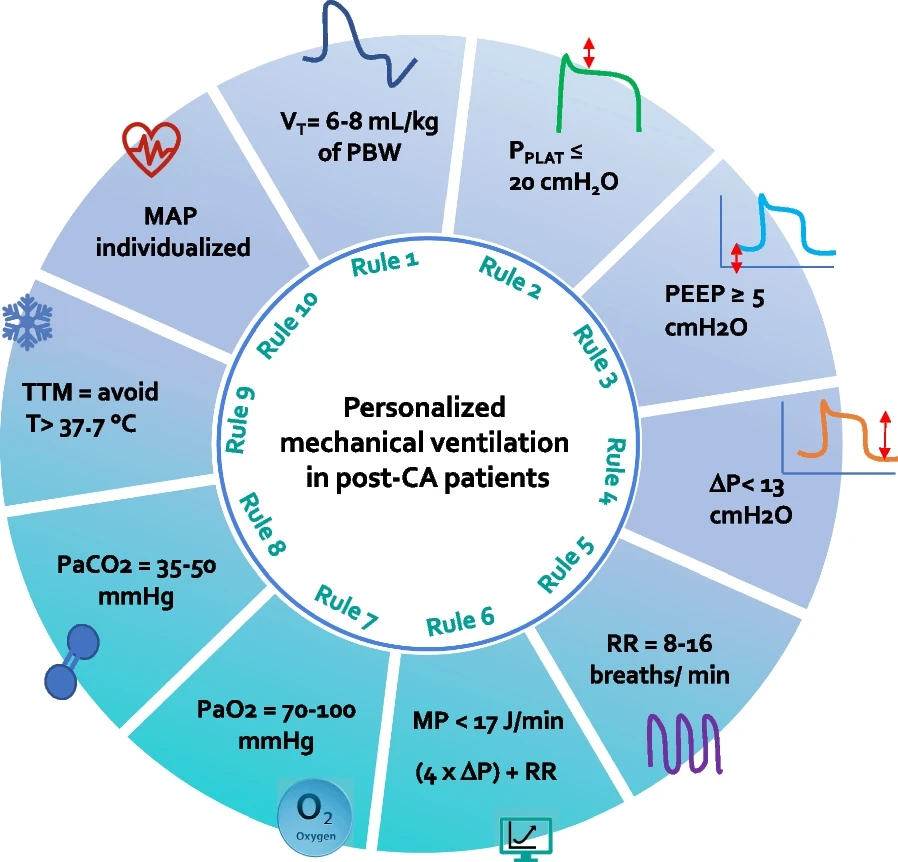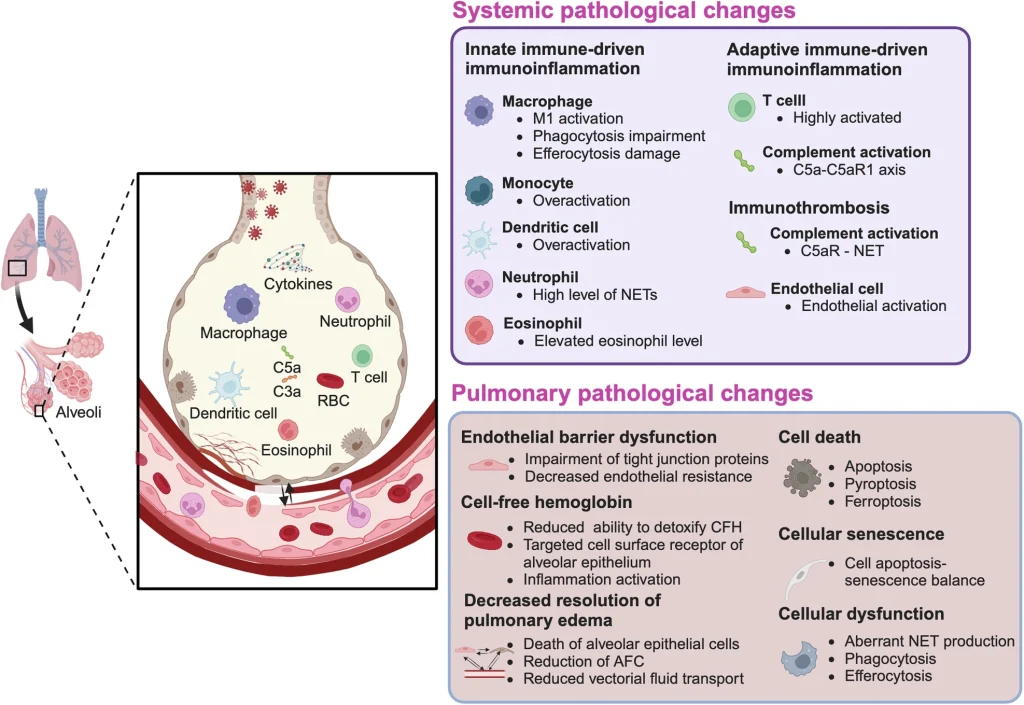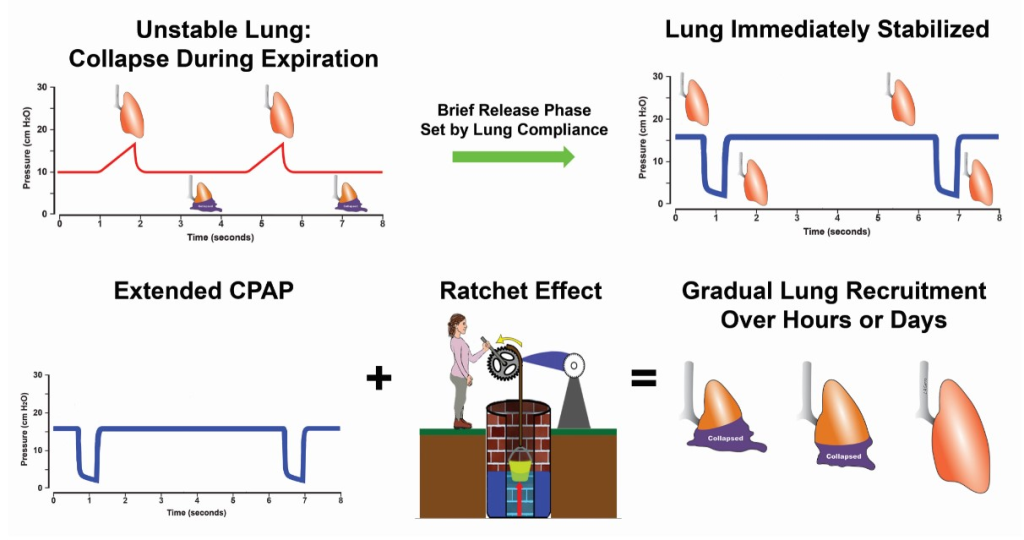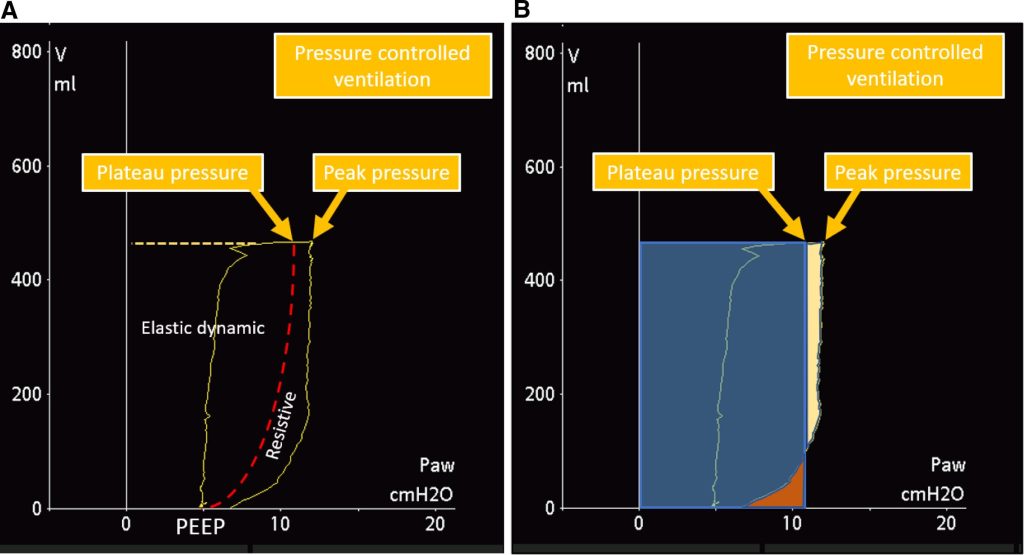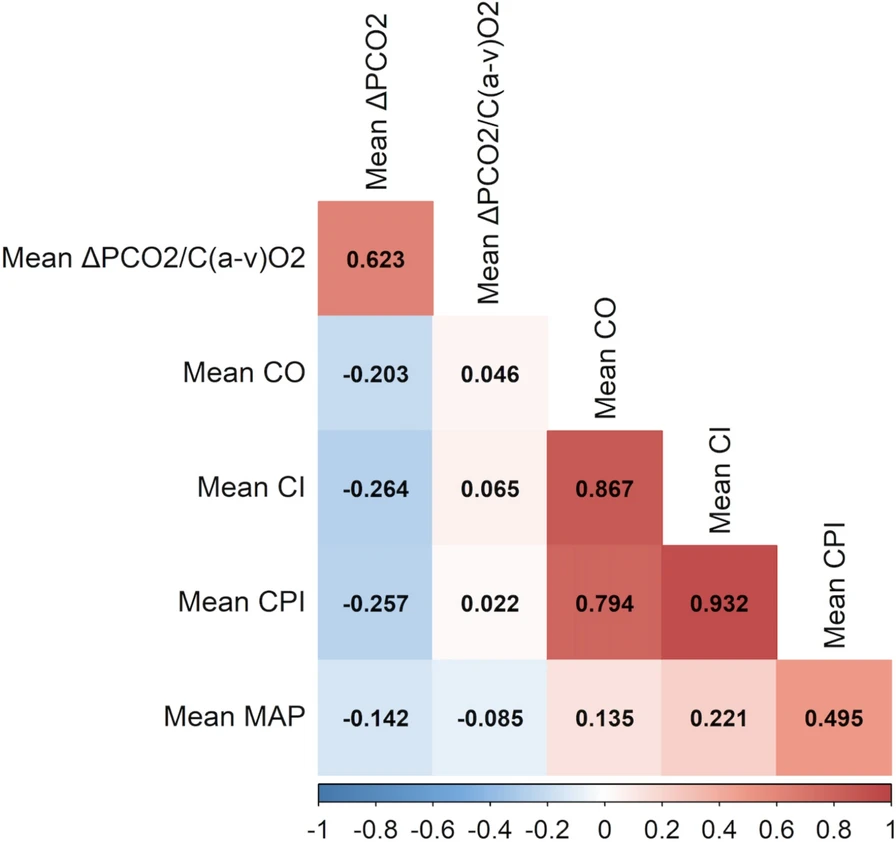Ten rules for optimizing ventilatory settings and targets in post-cardiac arrest patients
Summary of “Ten rules for optimizing ventilatory settings and targets in post-cardiac arrest patients” Abstract This review proposes ten evidence-based rules to optimize mechanical ventilation in post-cardiac arrest (CA) patients. It focuses on lung-protective strategies, the balance of ventilator settings, and their influence on systemic physiology—especially cerebral function. Emphasizing parameters such as tidal volume, plateau […]
